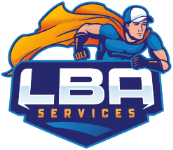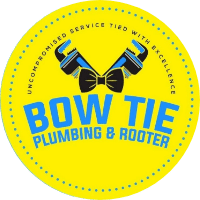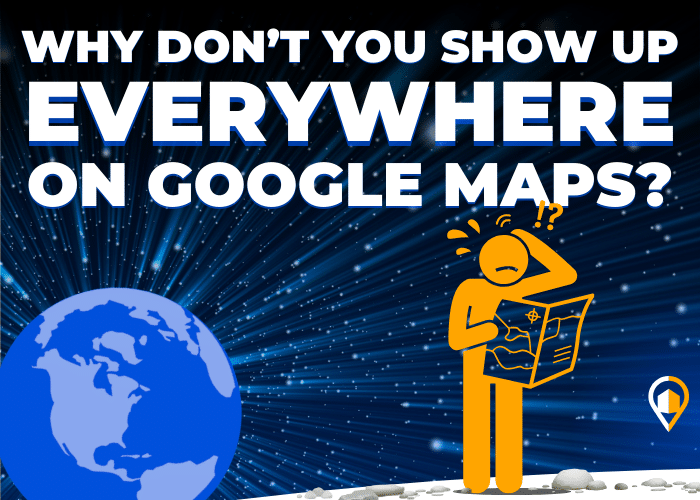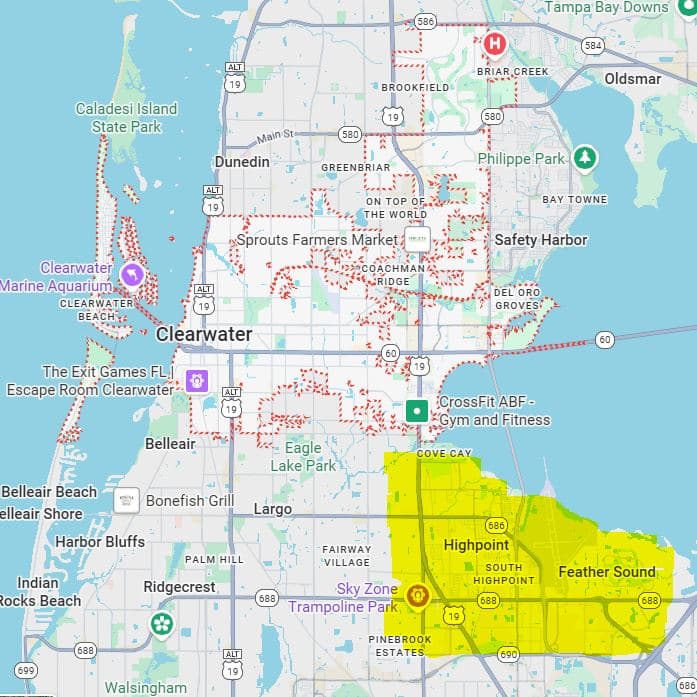














Why Your Service Area Business Doesn’t Show Up Everywhere on Google Maps
The Short Answer: It’s Not Set Up For You To Show Up Everywhere on Maps
One of the most common questions we hear from home service contractor business owners is: “Why doesn’t my business show up on Google Maps across all the cities I serve?”
It’s a fair question and the answer comes down to how Google Maps actually works. What many people don’t realize is Map results were not set up for service area businesses. That’s a fact.
Google has two very different algorithms.
- One for Maps and another for Organic search results.
Local Map Search (The “Map Pack”)
For a business that serves customers at their homes, Map visibility is limited by the searcher’s location at the time of the query. Not by how far you’re willing to drive. Where you’re located will have a major impact on where you rank.
When someone searches “AC repair near me,” Google will show businesses closest to that person. Even though you will travel up to an hour to provide your service to a homeowner or other business, Google feels searchers want “something close” to them when they get Map results.
Think about yourself when you do a search like “restaurants near me”. You want something that is close to you, not somethign 10-15-20 miles away. That’s how Map results are set up. They are going to show business “near” where someone is searching from.
The top Map results will typically be within a 3 mile radius.

What Are Google’s Local Ranking Factors?
Google states that local rankings are based on three inputs: relevance, distance, and prominence.
You control relevance and prominence. Distance is set by where the searcher is and where you are.
| Factor | What It Means | What You Control |
|---|---|---|
| Relevance | How closely your listing matches the query. | Accurate categories, services, and content that matches intent. |
| Distance | How close you are to the searcher’s location. | Not directly controllable without opening or verifying locations. |
| Prominence | How well-known and trusted your business appears online. | Reviews, responses, photos, updates, and consistent brand signals. |
Why Can’t Service Area Businesses Dominate An Entire Metro?
Maps recalculates results for every searcher and heavily weights proximity, so your listing weakens as distance grows.
City borders also don’t always match mailing addresses. Google may treat dense neighborhoods or adjacent towns as separate clusters, even when addresses say otherwise. That is why a company “with a City A address” may still lose Map visibility inside parts of City A that Google considers outside that cluster.
- In the map below for Clearwater, FL, the red service area outline is what Google thinks is Clearwater.
- But there are also businesses located in the yellow highlighted area with Clearwater addresses.
- How can that be? What Google sees as a city can sometimes be much different from what your local Post Office says.

Does Selecting Service Areas in My Google Business Profile Make Me Rank There?
No. Service area selections within your GBP dashboard only show when a business list themselves as a “Service Area Business” and they want their address hidden.
What Should I Do Right Now If I Need More Map Visibility?
Start by strengthening relevance and prominence. You need to strengthen your business as an entity that Google instantly recognizes and trusts. This is all your can control especially if you can’t open a new location right now.
In simple terms, entities are the core profiles stored in the Knowledge Graph. The more complete, consistent, and widely supported your presence is, the more authority you gain.
When customers, and online platforms consistently reference your business, you signal credibility and relevance. As your entity grows stronger, you can earn visibility that even proximity-based ranking biases struggle to ignore.
The more specialized your company becomes, the easier it is for Google to recognize your expertise and that specialization helps you stand out for a wider range of valuable searches.
If you are ready to open new locations to show up more on Google Maps, we can help you pick the best locations too.
Local Citations are Also Powerful Trust Signals for Google
Every time your business’s name, address, and phone number appear consistently on sites like Yelp, other local, or niche directories, it reinforces your credibility. The more uniform and widespread your information is, the stronger your authority becomes which makes it easier for Google to trust who you are and help customers to find you with confidence.
How Do I Measure Progress Without Guesswork?
Track Map visibility. If you are using Nearby Now you can track progress with Geogrids. This will give you an idea of where and how far you are currently ranking. There are also other map ranking trackers that you can use with a paid subscription.
Ready to Show Up More on Google Maps?
If you’re a service area business, don’t expect to dominate the entire map everywhere. We can help you determine where. Google Map results are designed to connect people with the closest reputable option. The more you understand this, the better you can build a strategy that works both in Maps and organic search.
If you want to learn more about how Google works and how you can improve your online visibility, call 919-758-8420 or contact us online and we’ll help.
Frequently Asked Questions: Google Maps Visibility For Service Area Businesses
Does Hiding My Address Hurt My Map Rankings?
Hiding your address (as a service area business) does not help you rank farther away; distance still applies. Make sure your service areas are accurate and keep your profile active.
What’s The Best Primary Category For HVAC, Plumbing, Or Electrical?
Choose the category that matches your top revenue service (e.g., “HVAC contractor,” “Plumber,” “Electrician”). Add secondary categories only when they reflect real, offered services.
Will Posting More Photos And Updates Improve Rankings?
No but they can help convesions. Steady, authentic updates could help you win ties among nearby competitors.
Do City Pages On My Website Help Map Rankings?
Yes they can support your Google Business Profile performance. Well-written city pages strengthen relevance and brand signals. They don’t directly change distance, but they support discovery and can lift Map performance over time.
When Should I Add A New Location?
Add a location when a city shows sustained demand and you can run it legitimately (staff, address, hours). That lets you compete on distance within that city.
Last updated: August 2025
You Need Videos To Be Successful » « SOP Implementation For Home Services: The Champions & Resisters Method

